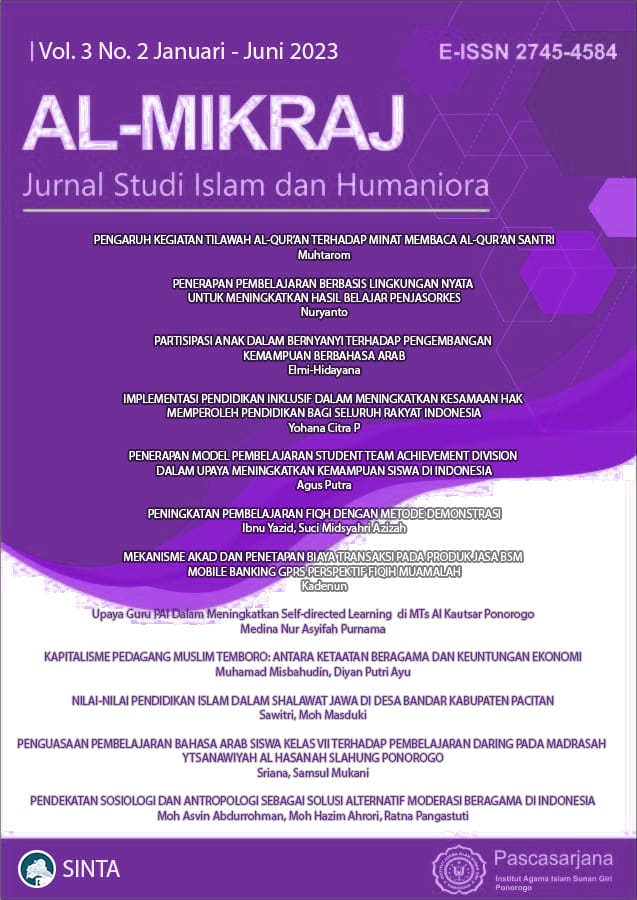Squeeze Cementing Design Based on Technical Calculations of Wells “S”and “I” in the “XY” Field
DOI:
https://doi.org/10.37680/almikraj.v3i2.7345Keywords:
Well cementing, cement slurry, squeeze cementing, spacer, additive, Class G cementAbstract
This study aims to analyze the technical calculations involved in the cementing process of two production wells, namely Well “S” and Well “I”. The main focus includes the evaluation of slurry volume, spacer, displacing fluid, and reverse circulation required in the squeeze cementing operation. Calculations were performed by considering parameters such as annular capacity, casing and tubing volumes, perforation interval length, and the number of shots per foot. In Well “S”, the slurry volume used for the squeeze was 2.1132 bbl, while in Well “I”, it reached 28.8389 bbl. Additionally, slurry height and level, spacer volume, and the required displacing and reverse circulation fluids were determined. Class G cement was used in this study, combined with various additives including an accelerator (SSA-1), fluid loss control agents (Halad-344, Halad-433, Halad-314), a retarder (SCR-500), and antifoaming agents (D-Air 02 and D-Air), tailored to meet the specific needs of each well to optimize the rheological properties and thickening time of the slurry. The results indicate that accurate calculation of all cementing parameters is essential to ensure the success of the operation and long-term well integrity.
Downloads
Published
How to Cite
Issue
Section
License
Copyright (c) 2023 Sulaiman Ibrahim, Deny Fatryanto, Amiruddin, Bambang Wicaksono, Mohammad Lutfi

This work is licensed under a Creative Commons Attribution-NonCommercial 4.0 International License.





